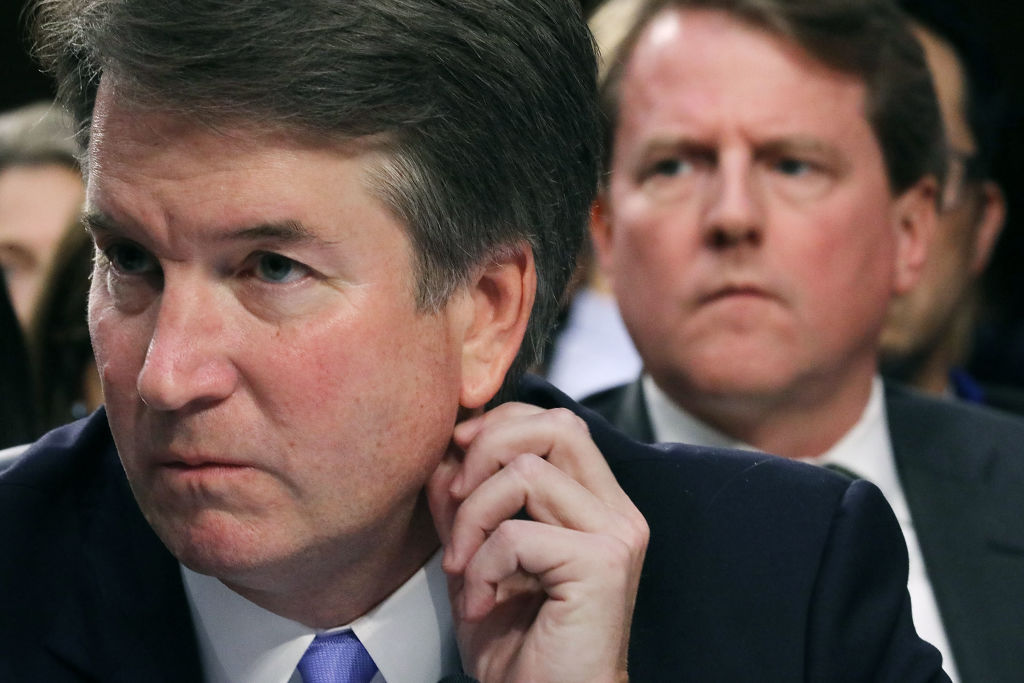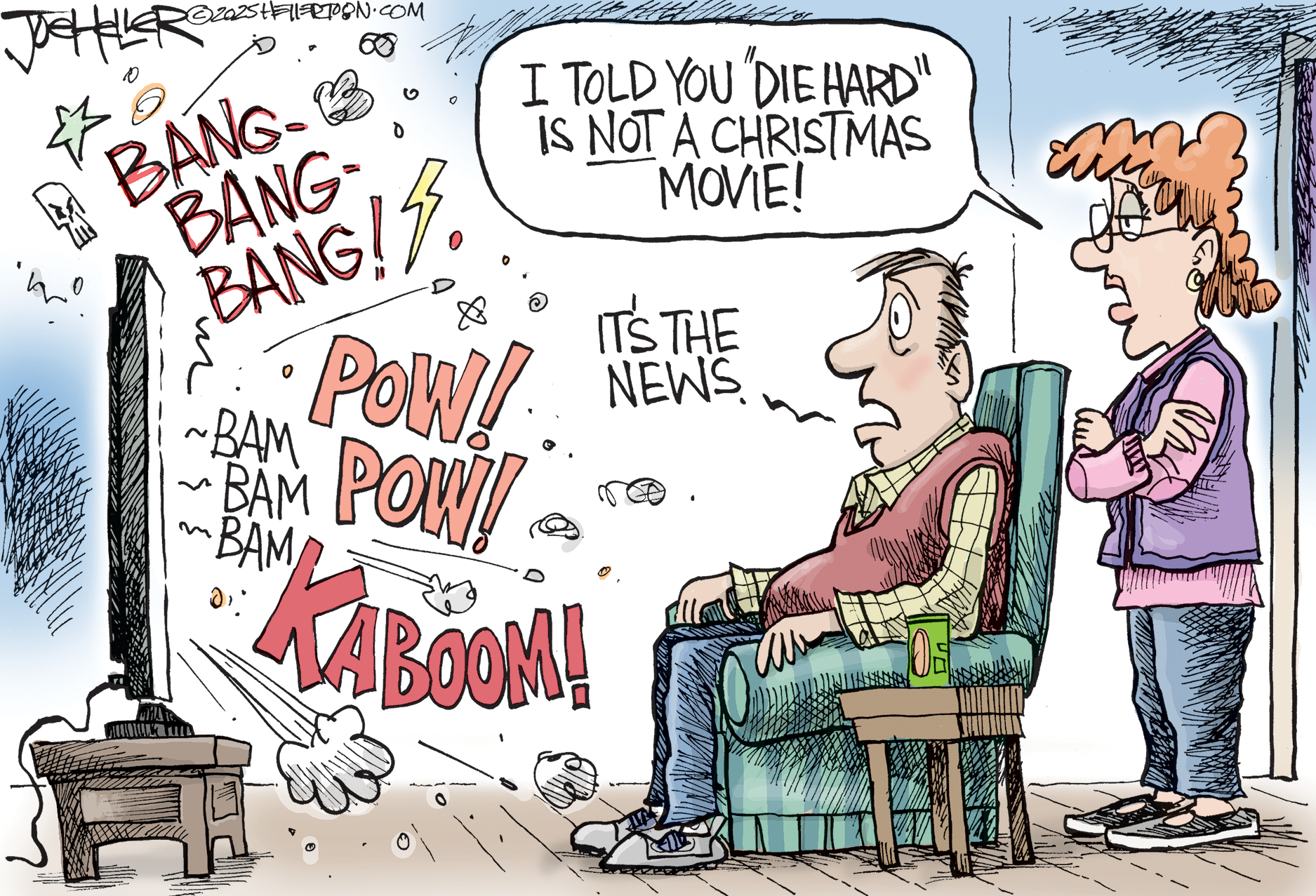Kavanaugh reportedly discussed pinning the sexual assault allegation on mistaken identity


Supreme Court nominee Brett Kavanaugh's fellow defenders have not embraced Ed Whelan's elaborate multi-tweet theory that Christine Blasey Ford is accusing the wrong specific man of holding her down, groping her, and stifling her screams as he tried to remove her clothes at a high school house party in the early 1980s. Ford said there was "zero chance" she would confuse Kavanaugh with the other man, now a middle school teacher whom Ford said she "socialized" with in high school and has since visited in the hospital.
Republicans on Capitol Hill and in the White House distanced themselves from Whelan's doppelgänger theory. But Whelan "had told people around him that he had spent several days putting together the theory and thought it was more convincing than her story," The Washington Post reports, citing "two friends who had talked to him." And he wasn't the only one considering the idea, the Post says. "Kavanaugh and his allies have been privately discussing a defense that would not question whether an incident involving Ford happened, but instead would raise doubts that the attacker was Kavanaugh, according to a person familiar with the discussions."
Whelan, a former clerk for the late Justice Antonin Scalia and former White House colleague of Kavanaugh's, has been an adviser on Kavanaugh's confirmation push along with his friend Leonard Leo, the head of the Federalist Society. His mistaken-identity theory was not well-received on Twitter, but if he really believes it to be true, Whelan probably has enough clout to get President Trump to order an FBI investigation.
The Week
Escape your echo chamber. Get the facts behind the news, plus analysis from multiple perspectives.

Sign up for The Week's Free Newsletters
From our morning news briefing to a weekly Good News Newsletter, get the best of The Week delivered directly to your inbox.
From our morning news briefing to a weekly Good News Newsletter, get the best of The Week delivered directly to your inbox.
A free daily email with the biggest news stories of the day – and the best features from TheWeek.com
Peter has worked as a news and culture writer and editor at The Week since the site's launch in 2008. He covers politics, world affairs, religion and cultural currents. His journalism career began as a copy editor at a financial newswire and has included editorial positions at The New York Times Magazine, Facts on File, and Oregon State University.
-
 Political cartoons for December 21
Political cartoons for December 21Cartoons Sunday’s political cartoons include Christmas movies, AI sermons, and more
-
 A luxury walking tour in Western Australia
A luxury walking tour in Western AustraliaThe Week Recommends Walk through an ‘ancient forest’ and listen to the ‘gentle hushing’ of the upper canopy
-
 What Nick Fuentes and the Groypers want
What Nick Fuentes and the Groypers wantThe Explainer White supremacism has a new face in the US: a clean-cut 27-year-old with a vast social media following
-
 Nobody seems surprised Wagner's Prigozhin died under suspicious circumstances
Nobody seems surprised Wagner's Prigozhin died under suspicious circumstancesSpeed Read
-
 Western mountain climbers allegedly left Pakistani porter to die on K2
Western mountain climbers allegedly left Pakistani porter to die on K2Speed Read
-
 'Circular saw blades' divide controversial Rio Grande buoys installed by Texas governor
'Circular saw blades' divide controversial Rio Grande buoys installed by Texas governorSpeed Read
-
 Los Angeles city workers stage 1-day walkout over labor conditions
Los Angeles city workers stage 1-day walkout over labor conditionsSpeed Read
-
 Mega Millions jackpot climbs to an estimated $1.55 billion
Mega Millions jackpot climbs to an estimated $1.55 billionSpeed Read
-
 Bangladesh dealing with worst dengue fever outbreak on record
Bangladesh dealing with worst dengue fever outbreak on recordSpeed Read
-
 Glacial outburst flooding in Juneau destroys homes
Glacial outburst flooding in Juneau destroys homesSpeed Read
-
 Scotland seeking 'monster hunters' to search for fabled Loch Ness creature
Scotland seeking 'monster hunters' to search for fabled Loch Ness creatureSpeed Read
